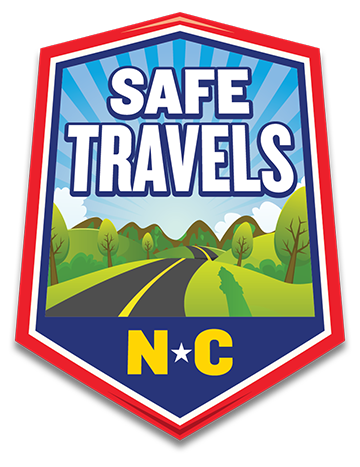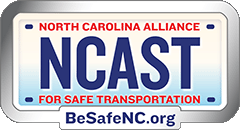STARTING POINT
SHARE A REMINDER
Welcome to another edition of Safe Travels NC! We hope you find something here that makes your world a little safer, and we invite you to share it with others. You can click on any item here and send that link to a loved one who needs to hear it.
Let us help you kickstart a conversation about safer driving. You might just save a life.


State troopers, transportation officials, workers and members of the media mark the beginning of National Work Zone Awareness Week in North Carolina.
Forty-seven people died last year in North Carolina road work zone accidents, according to the state Department of Transportation.
There were 6,800 crashes, just in North Carolina work zones, according to preliminary 2024 data.
“Most, if not all of these deaths, could be prevented,” state Secretary of Transportation Joey Hopkins said during a kickoff event for this year’s National Work Zone Awareness Week.

This was the first time the national event kicked off in North Carolina, and hundreds of workers, law enforcement, media and officials turned out.The theme for this year’s campaign is simple: Respect the zone, so we all get home.”
The week also brought a painful reminder of just how real this issue is: A dump truck rocketed into a work zone in Rockingham County, killing four people and badly injuring others.
On any given day there are 400 active work zones on state roads, according to the Department of Transportation.
The most common problems won’t be a surprise:
-
Speeding
-
Distracted Driving
-
Impaired Driving
Please slow down. Going 45 mph through a 2 mile work zone instead of 65 mph adds two minutes to your trip.
Two minutes.
“Given our growing population, work zones aren’t going away,” said Mark Ezzell, director of the NC Governor's Highway Safety Program. “We all have an important responsibility… safety depends on the choices we make behind the wheel.”
Ask a Trooper
“What should I be thinking before I pull onto a main road?”
This month’s question comes from Kyle in Pittsboro.
Got a question? Ask it in a short video and send it here.
Twenty A Day

Twenty pedestrians die a day in this country. That’s 17% of all roadway fatalities, according to the U.S. Department of Transportation.
Think about that when you’re turning right – you can’t just watch out for other cars. Check the crosswalk, check the curb, check the sidewalk for pedestrians.
If you’re driving remember to:
-
Use extra caution at night or in bad weather.
-
Slow down when entering a crosswalk.
-
Yield to pedestrians.
Never pass vehicles stopped at a crosswalk. There may be people crossing who you can’t see.
Back out of parking spots slowly, look left and right as well as backwards and open a window so you can hear warnings.
Farmer’s Death A Sad Reminder

An Edenton farmer died recently when a tanker truck tried to pass his tractor on N.C. 32, according to the NC State Highway Patrol.
It was exactly the kind of incident that is most dangerous for farmers: Slow moving equipment turning left just as another vehicle decides to pass.
Jim Parrish was turning onto a farm path when the passing truck struck his tractor and sent him flying into a field. Parrish left behind two children and his wife, according to his obituary. He was 48.
Please, be extra careful around farm equipment. Remember:
-
Farm equipment usually travels slower than 25 mph. You’ll come up on them fast!
-
Many farm vehicles make wide left turns, which can make it look like they’re turning right or pulling off to let cars pass.
-
Many tractor operators signal a left-hand turn by hand, sticking their left arm out straight. It might look like an invitation to pass.
Please be patient. If you slow down from 65 mph to 20 mph for a mile, that only delays you 2 minutes.
The Bears Thank You

The push to fund new, safe, wildlife crossings in Western North Carolina as part of Hurricane Helene reconstruction passed an important milestone last month: The North Carolina Senate included $10.2 million over the next two years in its budget proposal.
That proposal moves to the House, where supporters hope state representatives will agree: Preventing deadly and damaging wildlife collisions is well worth the money.
In 2023 there were nearly 22,000 of these collisions in North Carolina alone. These crashes kill – animals and humans – and can do as much vehicle damage as hitting another car.
The average insurance claim runs about $4,300.
"We're so thankful to the Senate for understanding the importance of this and that the opportunity is now,” said Jeff Hunter, the Southern Appalachian Director for the National Parks Conservation Association. “We especially want to thank senators Bill Rabon, Michael Lazzara and Vickie Sawyer for advocating on this issue. Their support is huge, and this money can save lives."
If you agree, reach out to House lawmakers! You can look up your look up your state representative here or call 919-733-4111 and the operator will connect you.

Don’t Drive High

It seems there are some misconceptions about marijuana and driving: Nearly half of cannabis users believe they drive the same, or better, after using, according to a recent AAA Foundation for Traffic Safety study.
This isn’t true. Effects vary, but cannabis can cause sleepiness and brain fog. It changes people’s visual and auditory perception and it shifts their focus. Simply put: They can zone out.
According to the study:
-
85% of surveyed users said they drive the same day they consume.
-
53% said they consumed an hour or less before driving.
“Although AAA does not take a position on the legality of marijuana, we strongly oppose people driving under the influence of the drug,” said Tiffany Wright, spokesperson for AAA – The Auto Club Group.

In the News
I-26 widening in Henderson County ‘functionally complete’
- Henderson Lightning
NC hosts National Work Zone Safety Awareness Week kickoff
- WCNC Charlotte
Are seat belts required on NC buses?
- WCNC Charlotte
Every Three Hours

Every three hours in the United States a person or a vehicle gets hit by a train, according to Operation Lifesaver, a rail safety group.
More than 2,100 people die each year in North America, according to the group.
Many of these are suicides, or pedestrians walking along the tracks, wearing earbuds, inebriated or otherwise not paying attention.
“Trains are longer, faster and quieter than ever before,” said Margaret Cannell, Operation Lifesaver’s North Carolina coordinator.
There are also more than 2,000 vehicle collisions a year.
Remember:
-
Trains can run on any track, at any time, in either direction.
-
It can take a train travelling 55 mph a mile or more to stop.
-
If your vehicle stalls on the tracks GET EVERYONE OUT IMMEDIATELY. Then call the number on the blue emergency sign at the crossing. If there isn’t one, call 911.
Don’t mess around. Any train you see is probably closer and moving faster than you think.
One Last Thing…
A Stadium Per Year

NCAST | Safe Travels NC
Questions? Email us at info@safetravelsnc.org
Questions relating to privacy and the protection of your personal
information should be sent to info@safetravelsnc.org
Forwarded this newsletter? Subscribe here
Unsubscribe
©2025 North Carolina Alliance for Traffic Safety
Raleigh, NC
